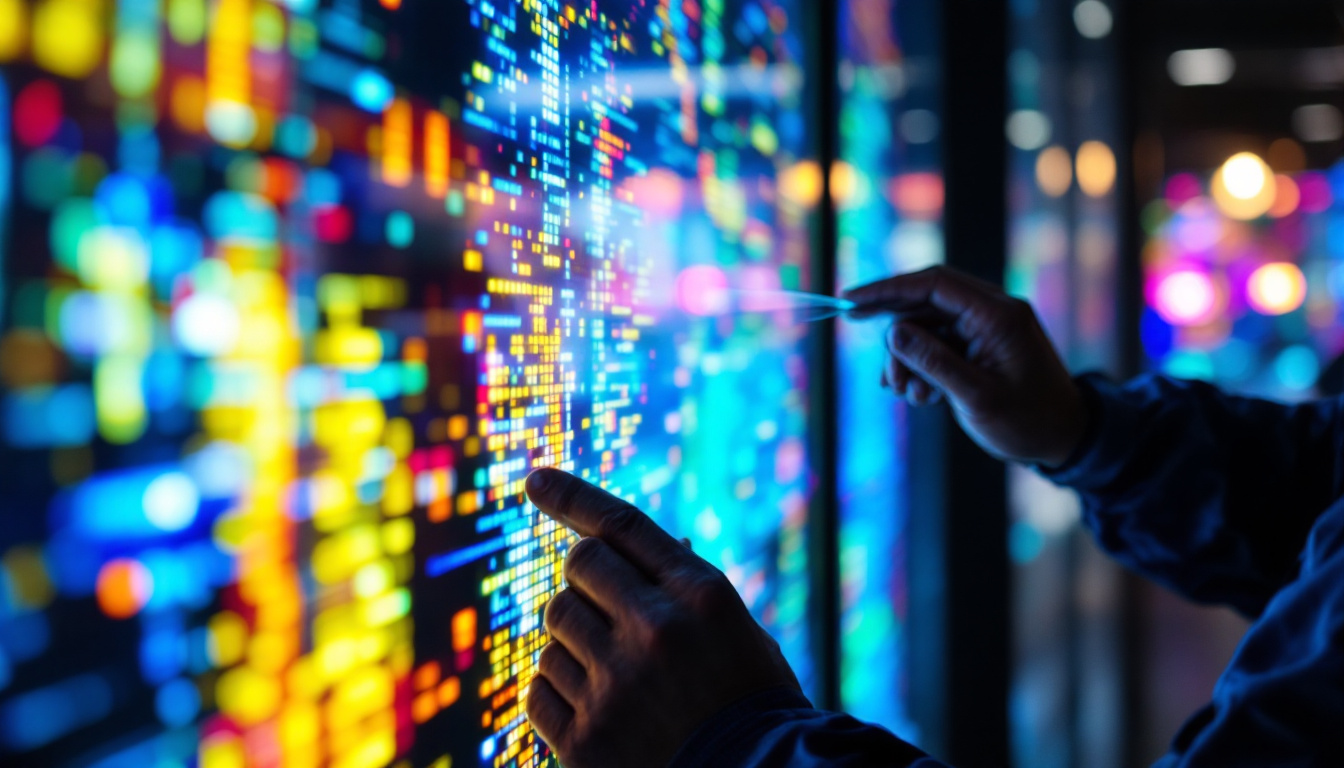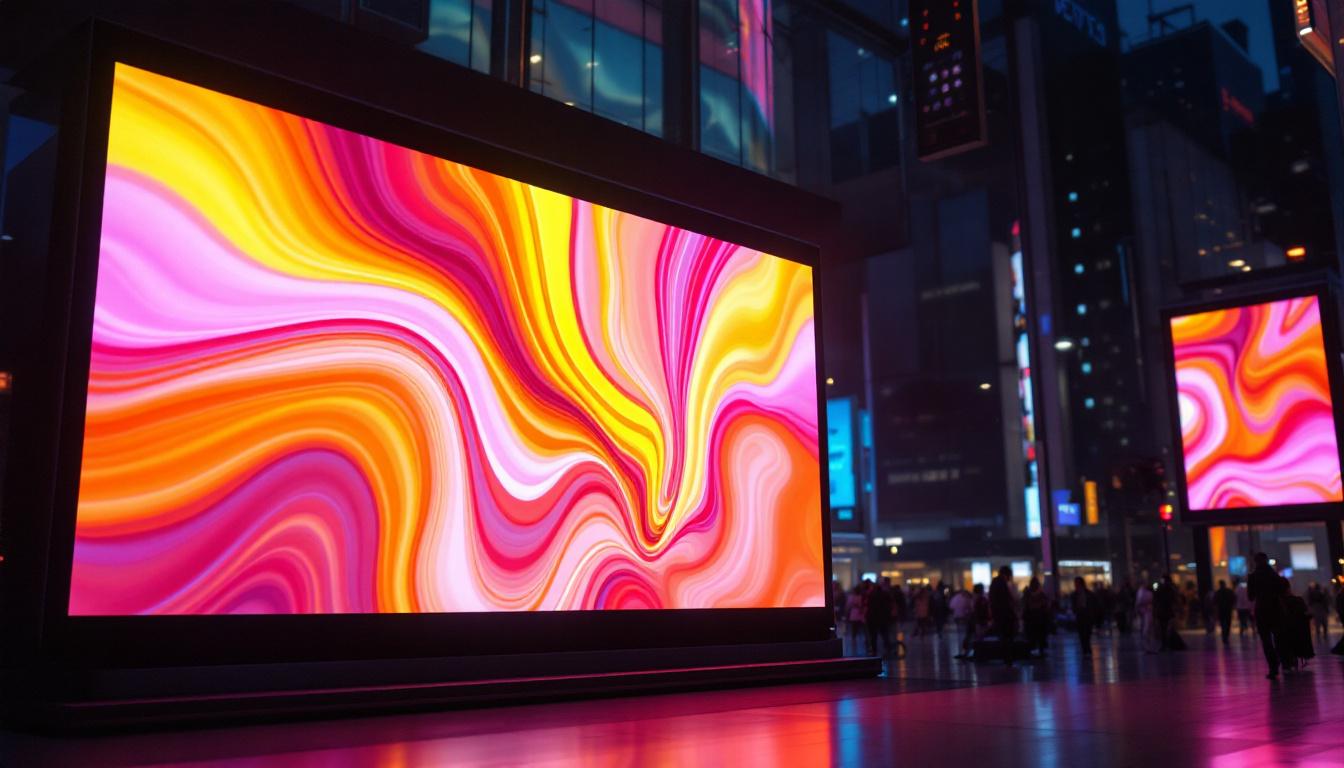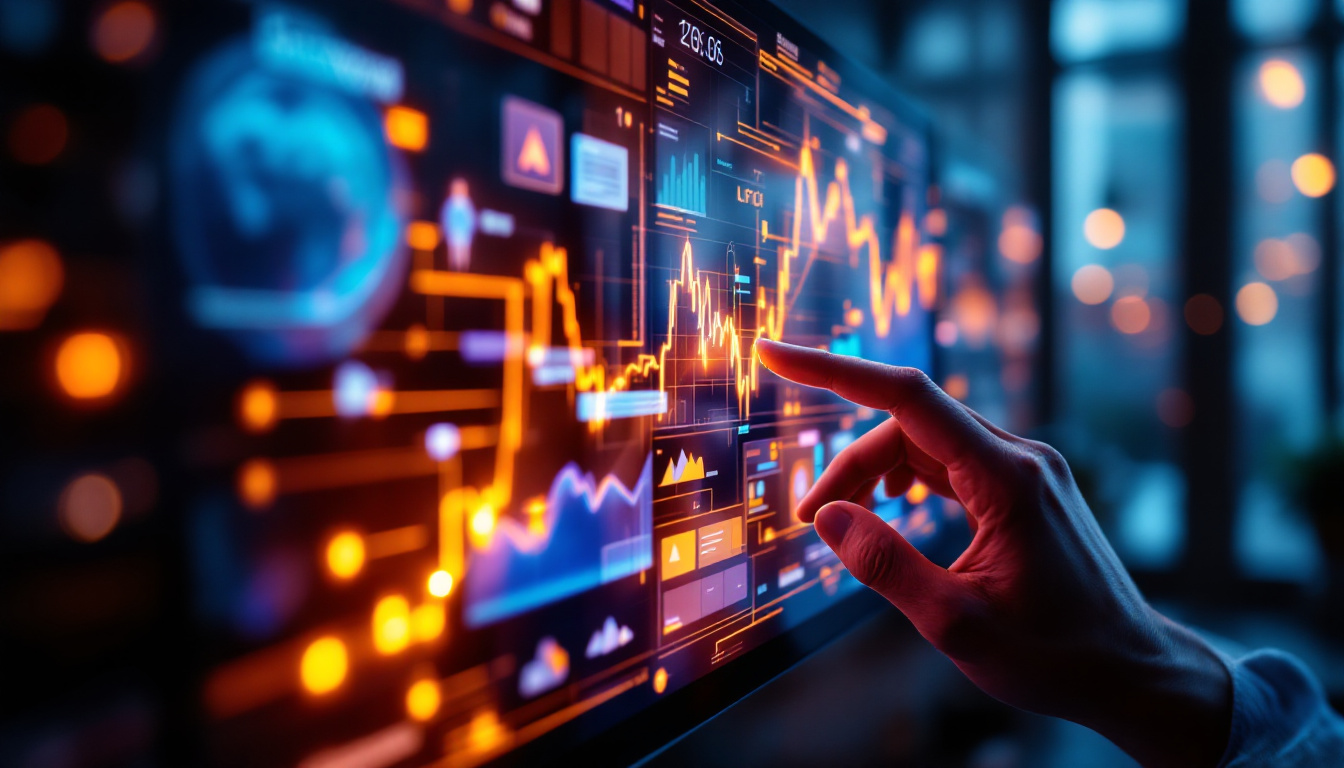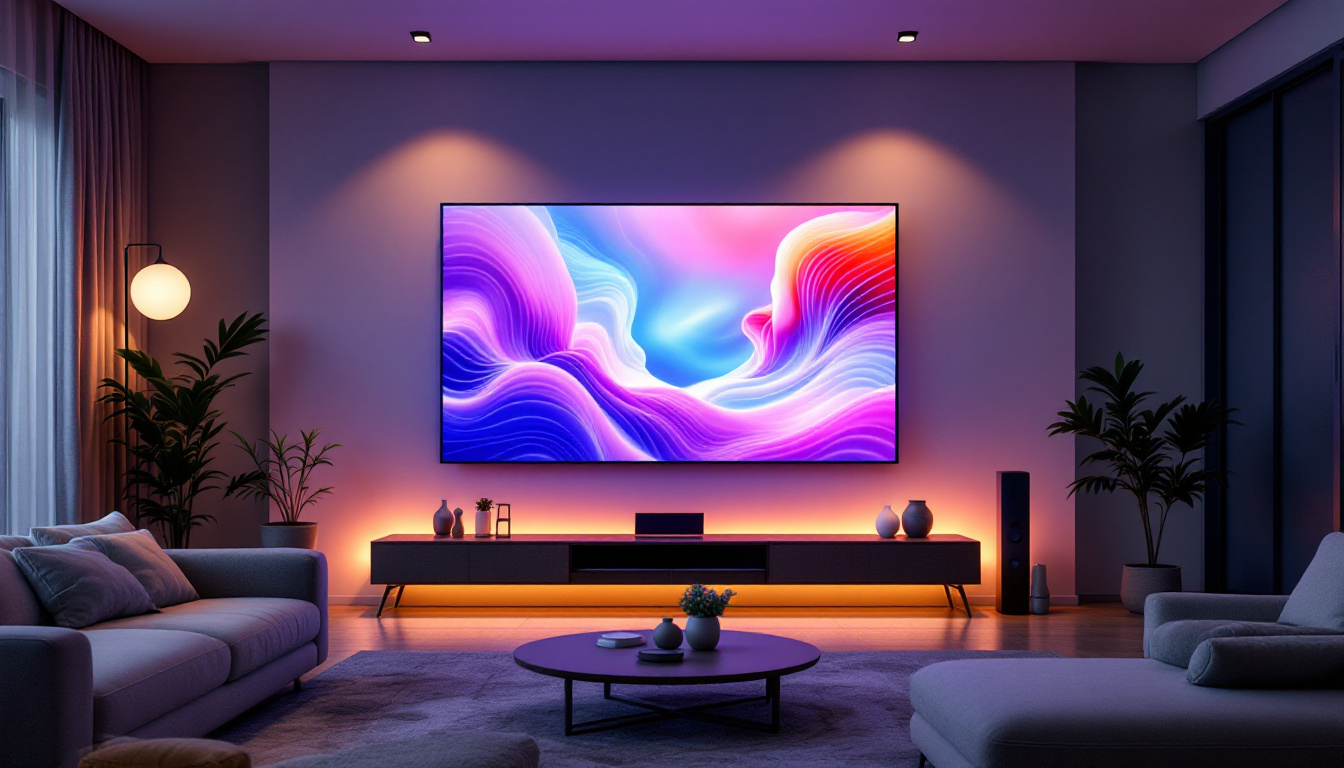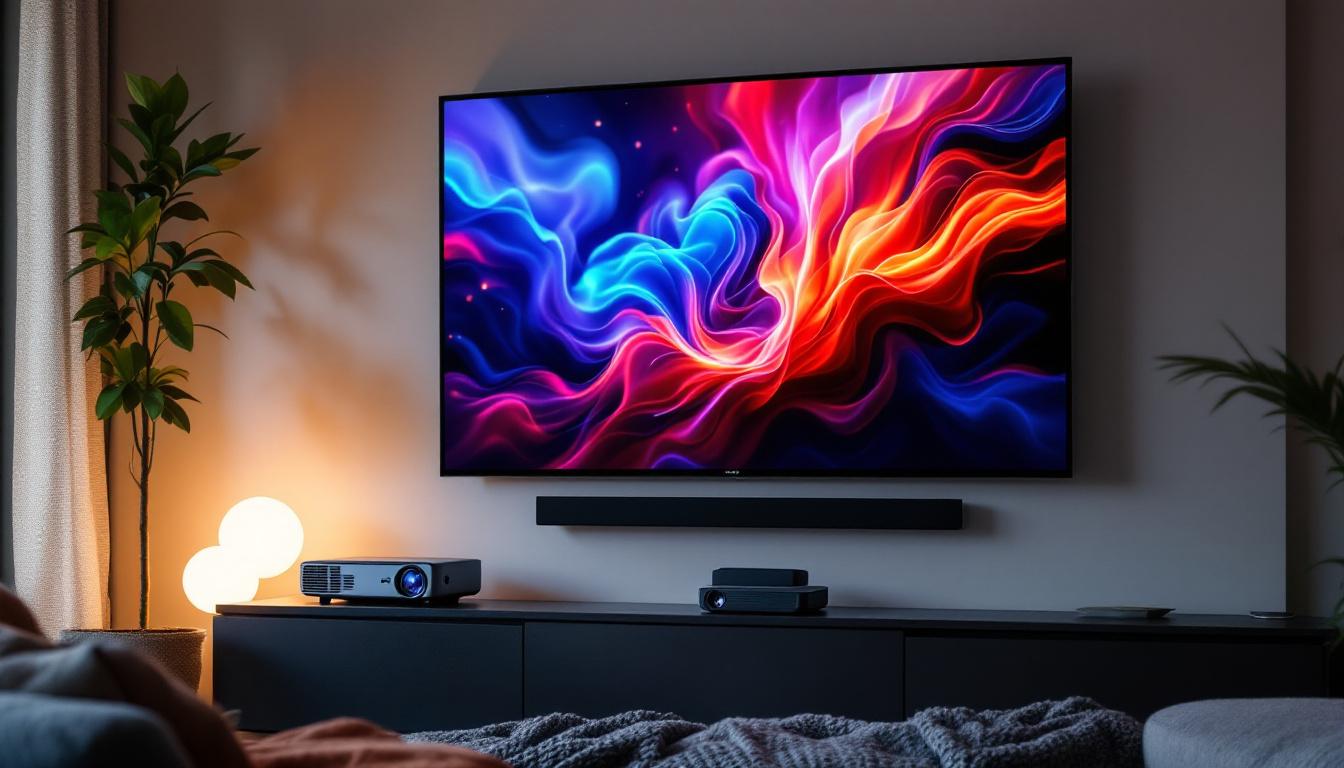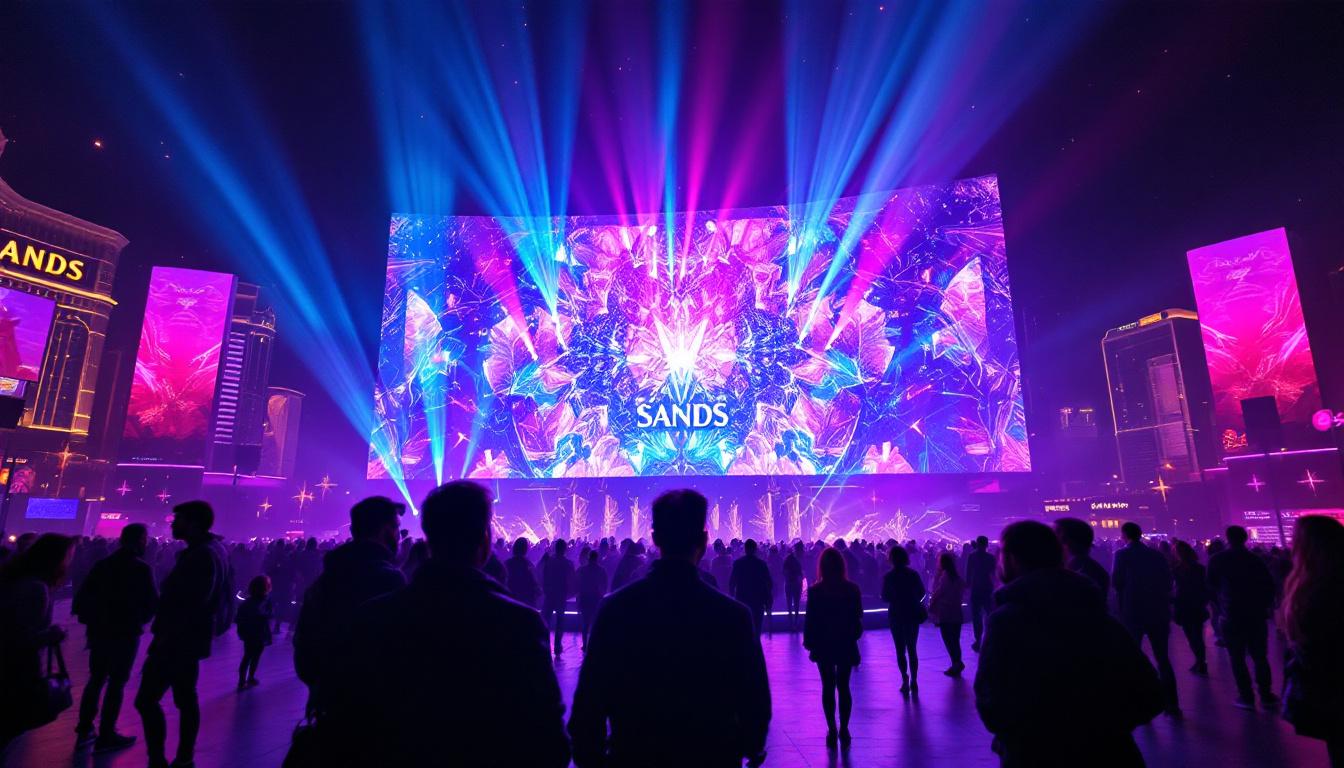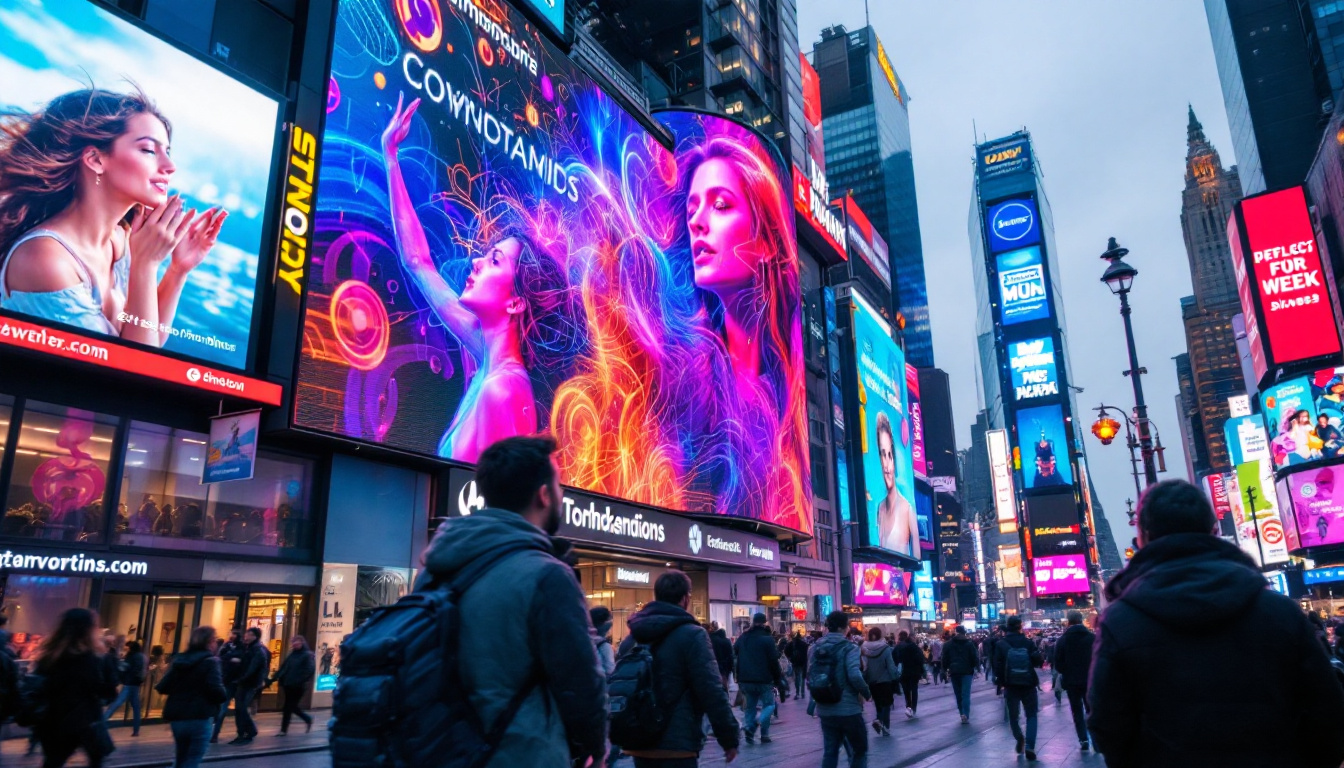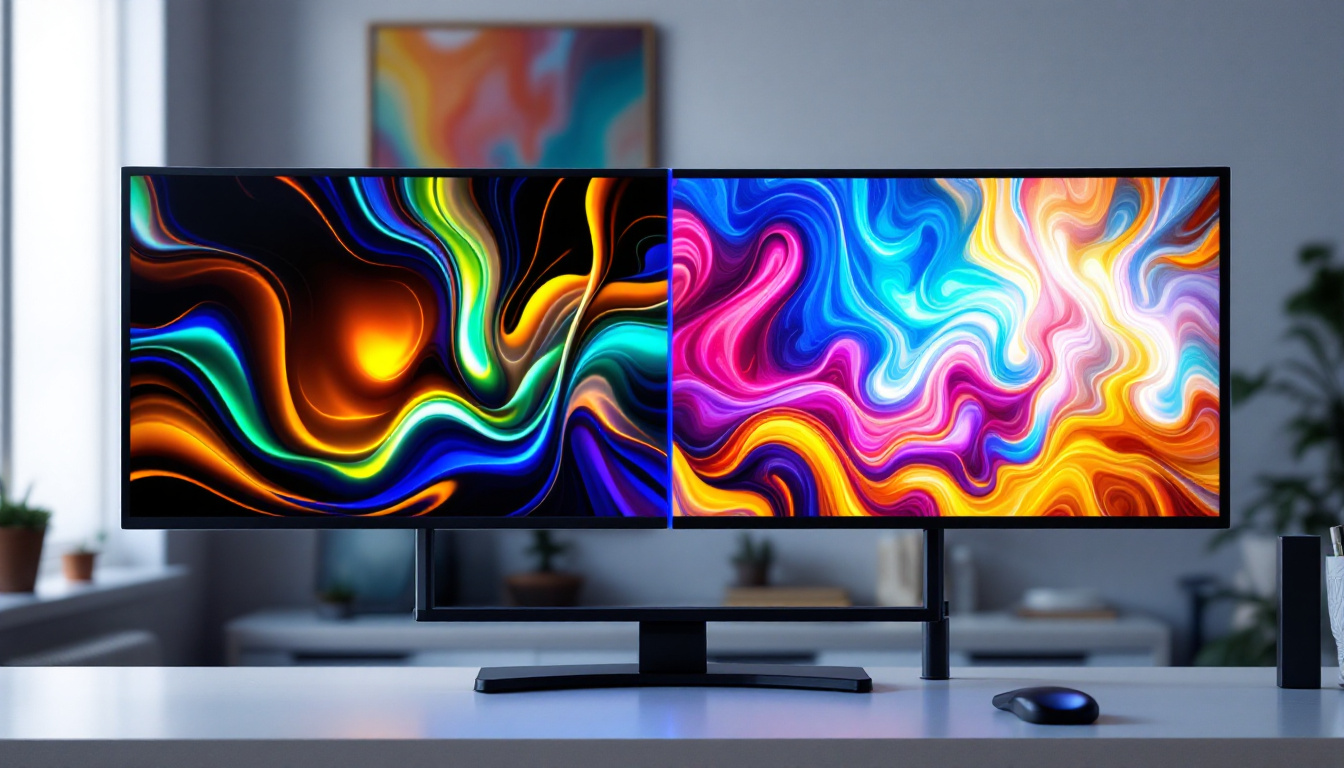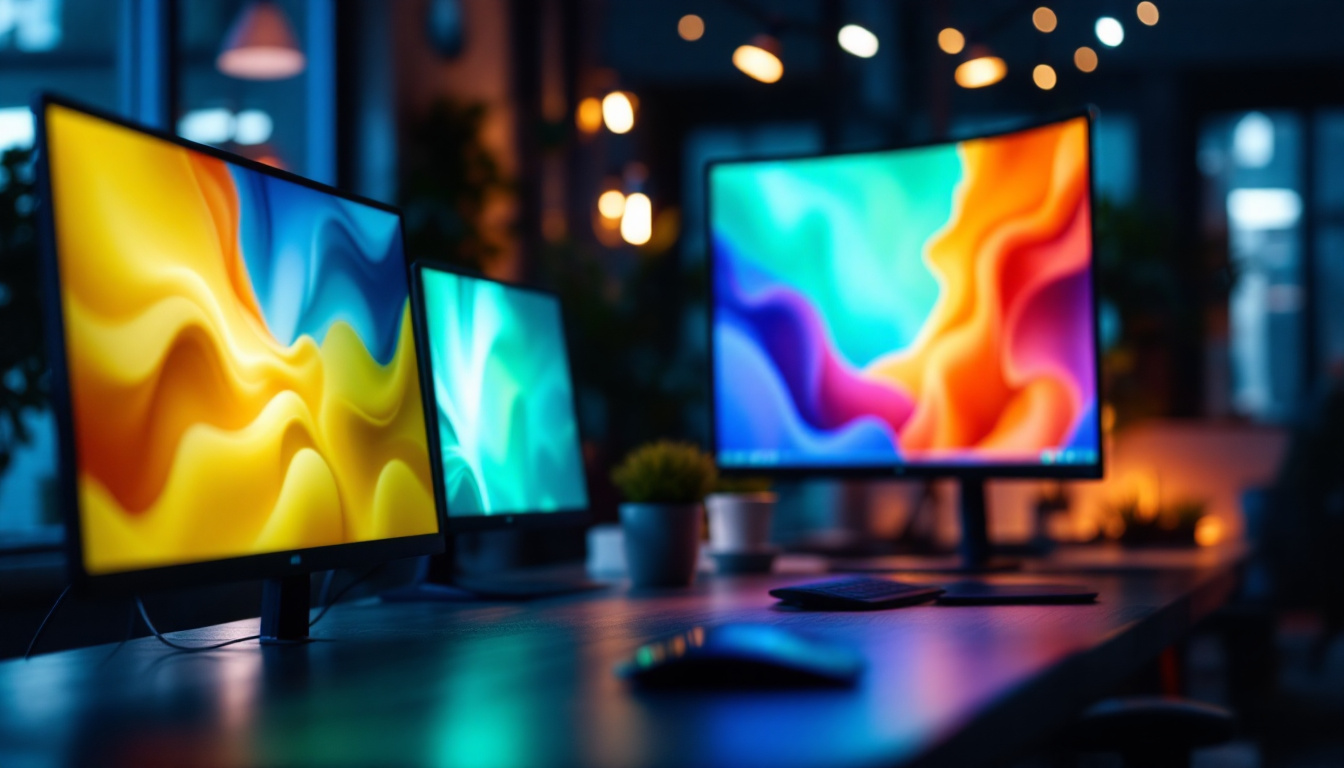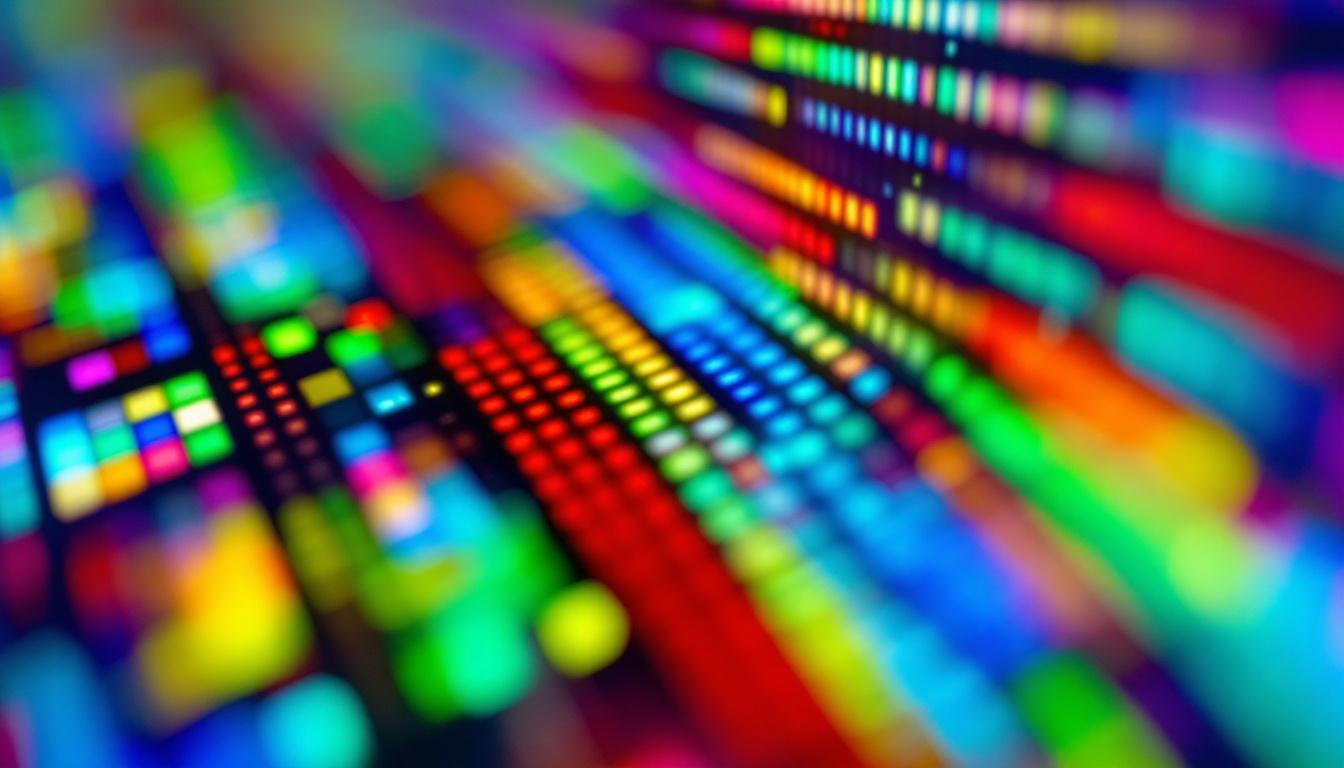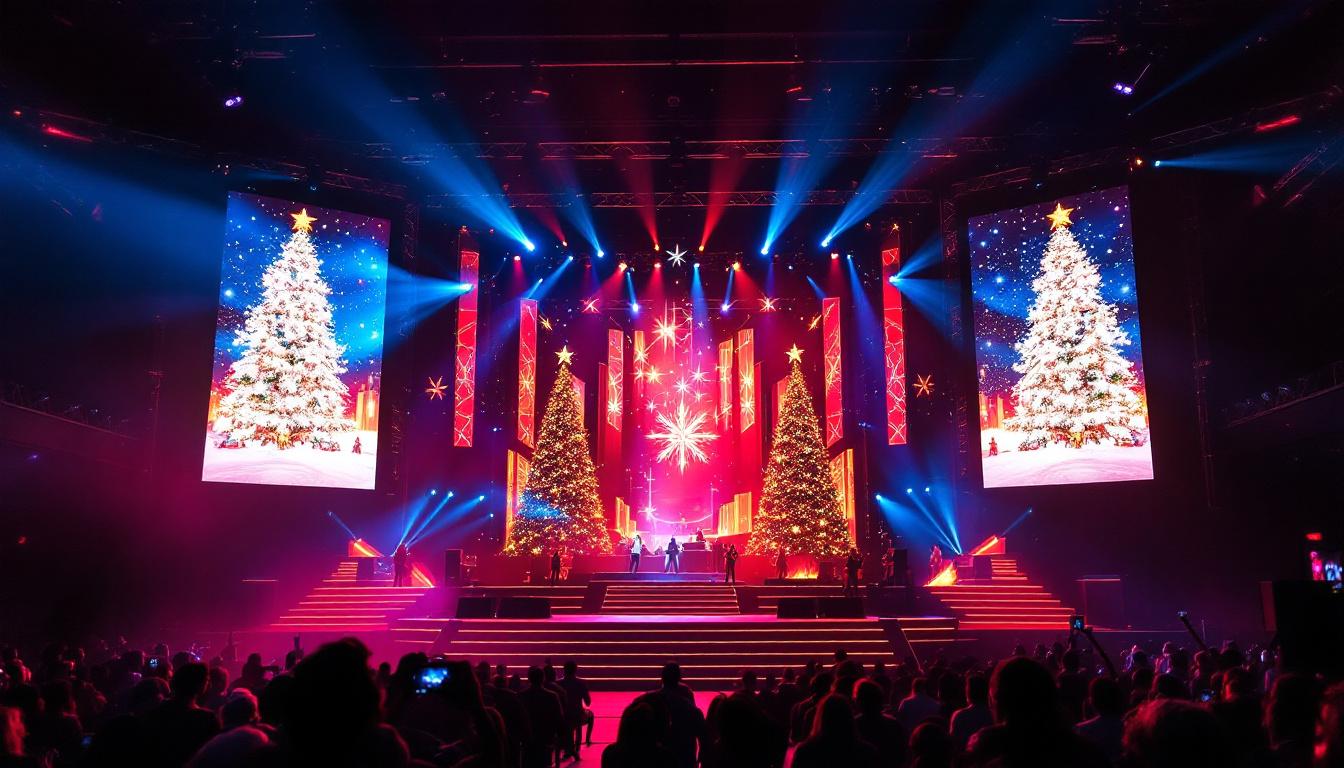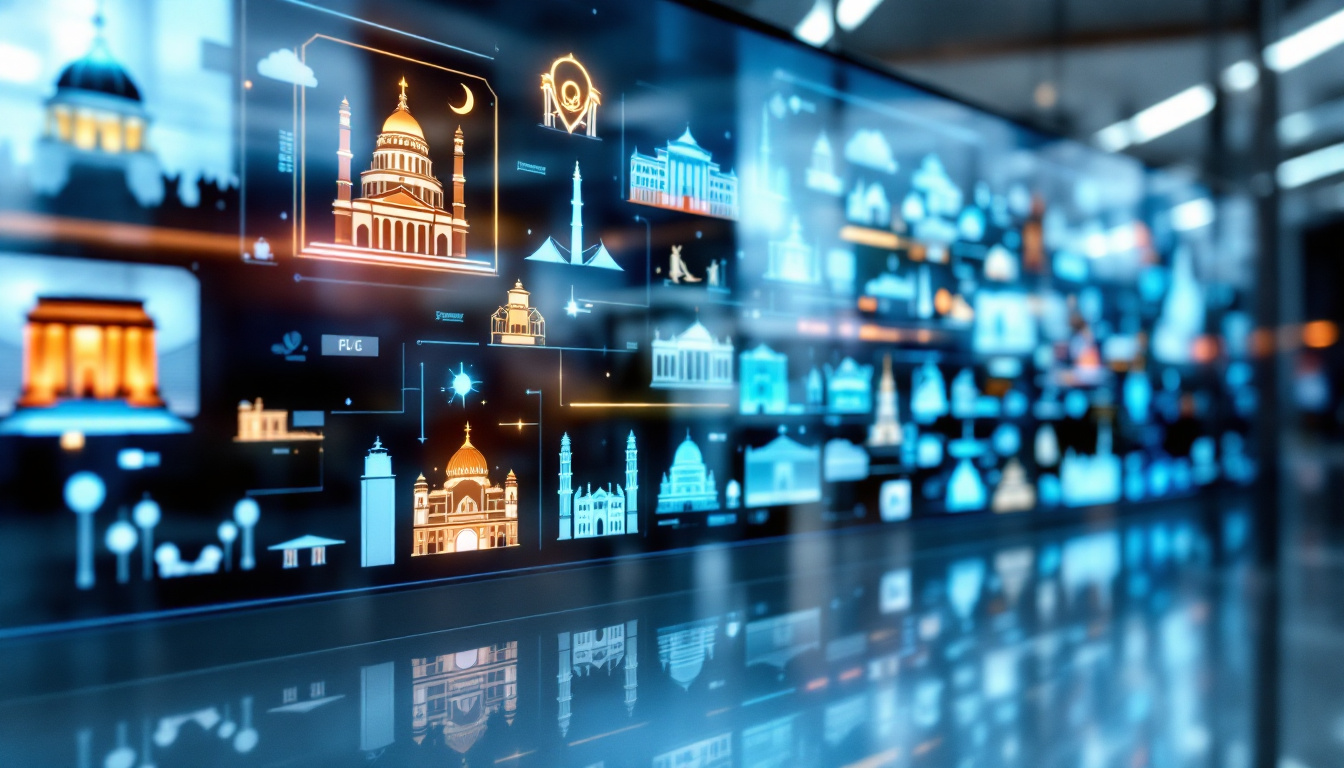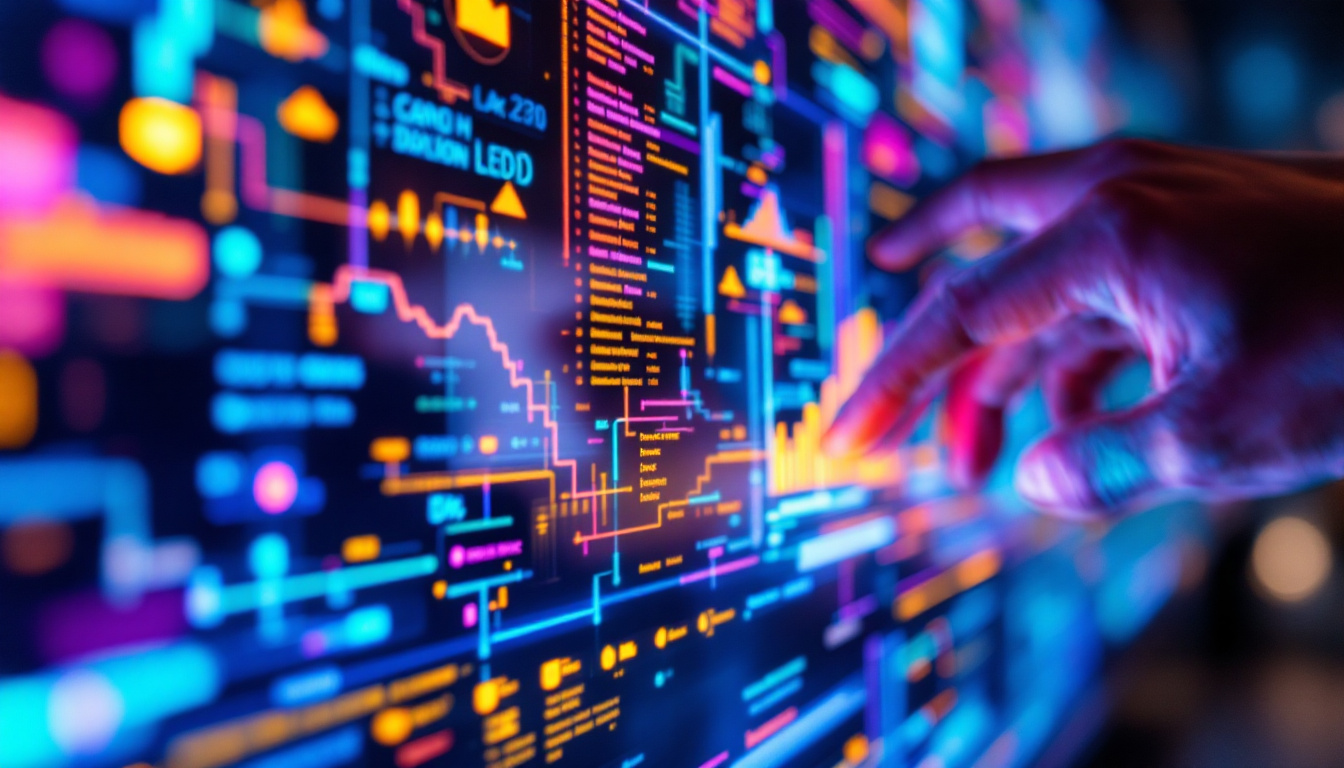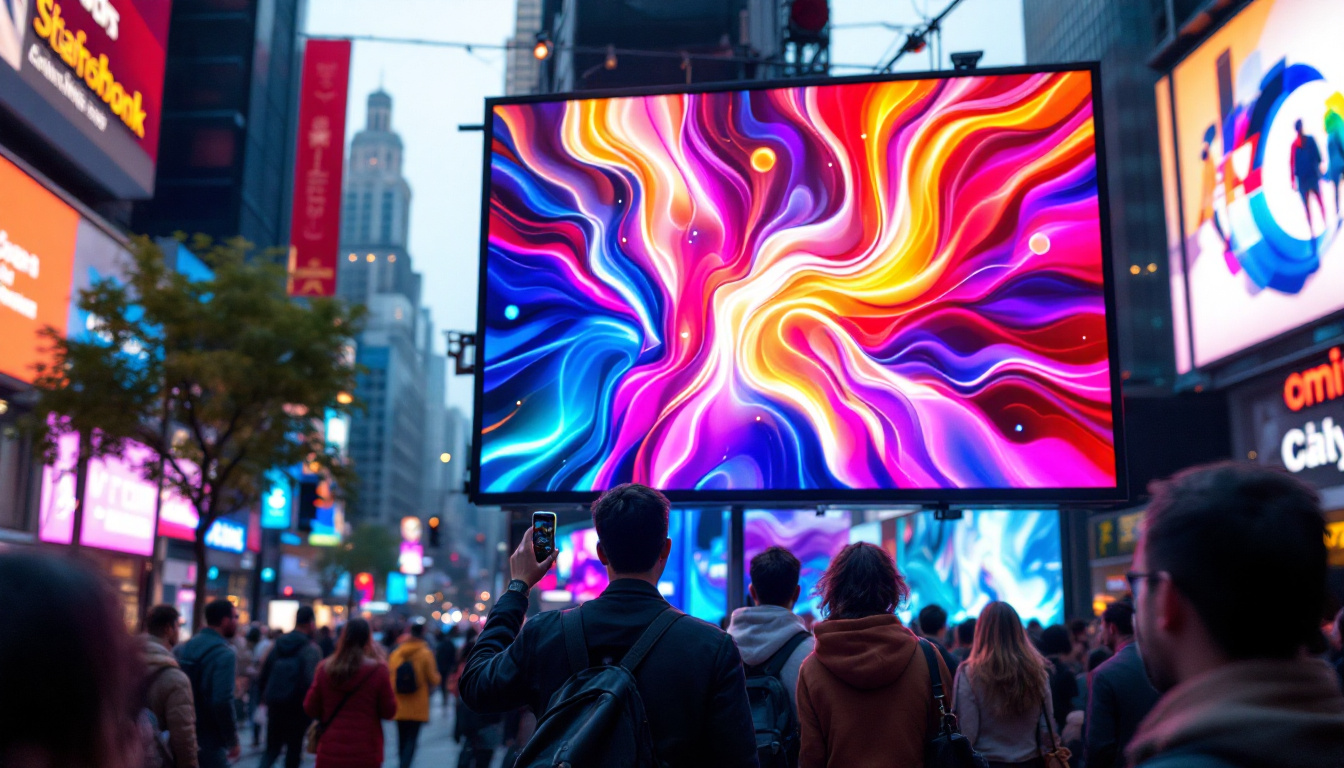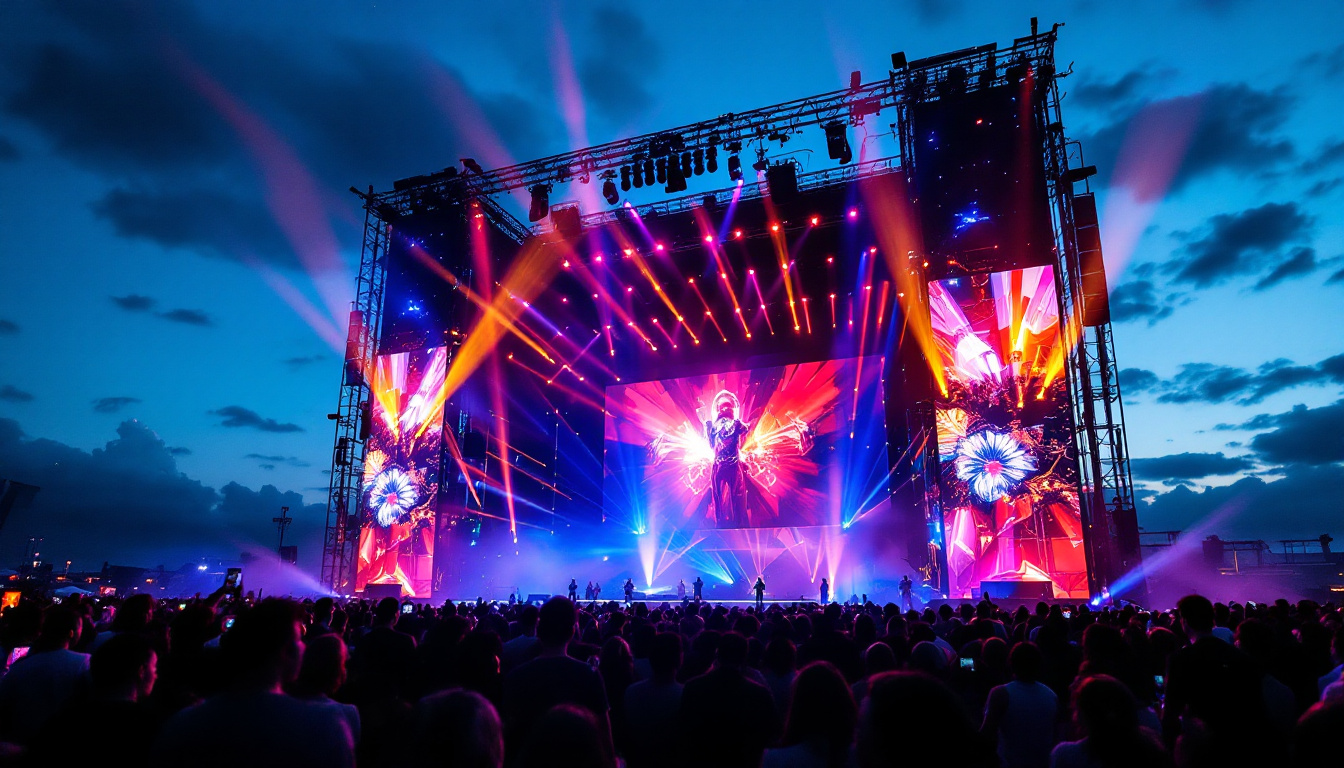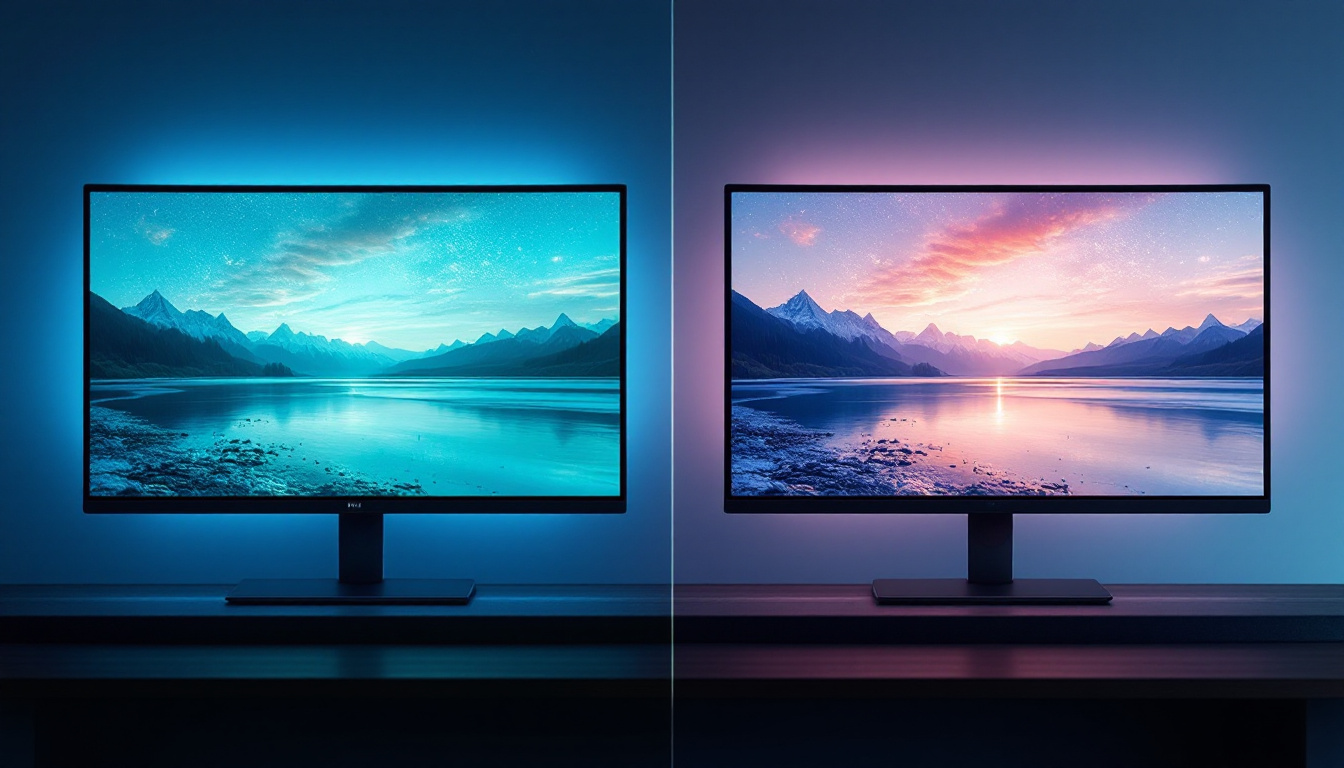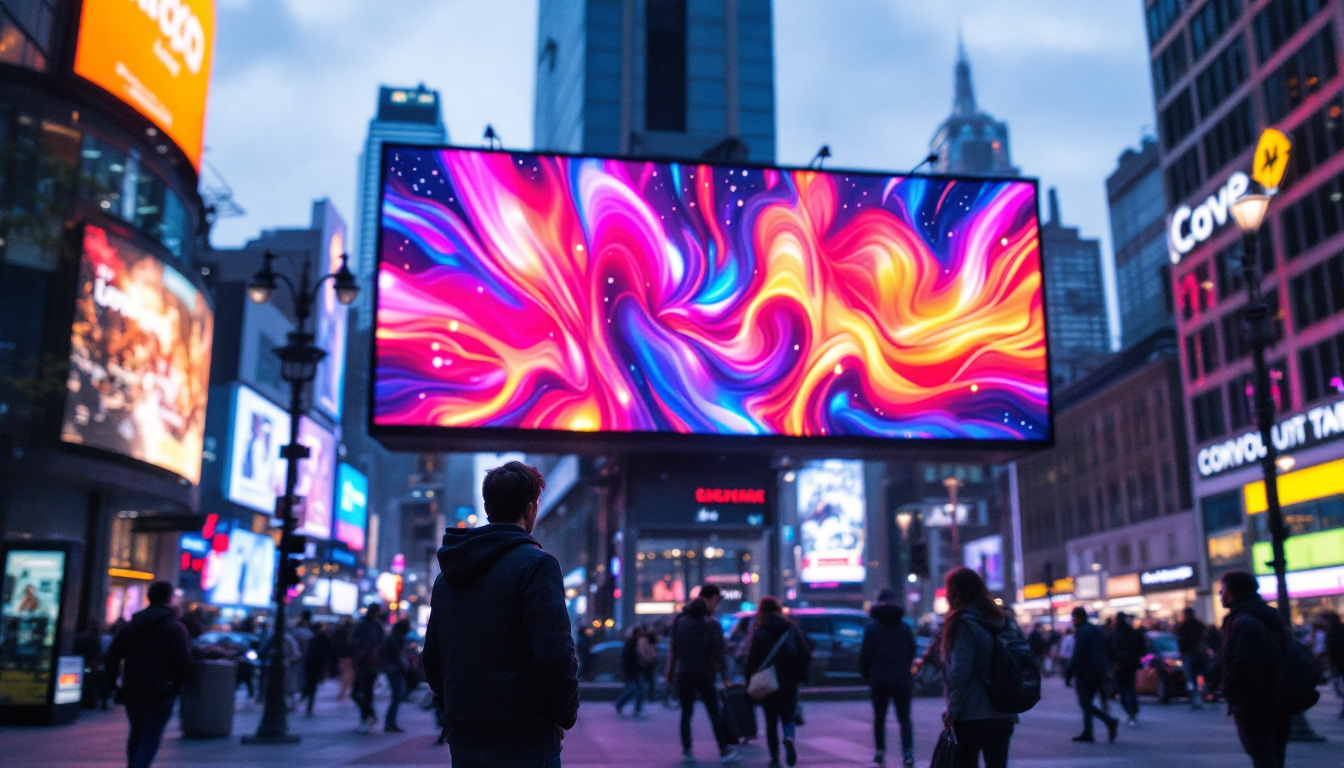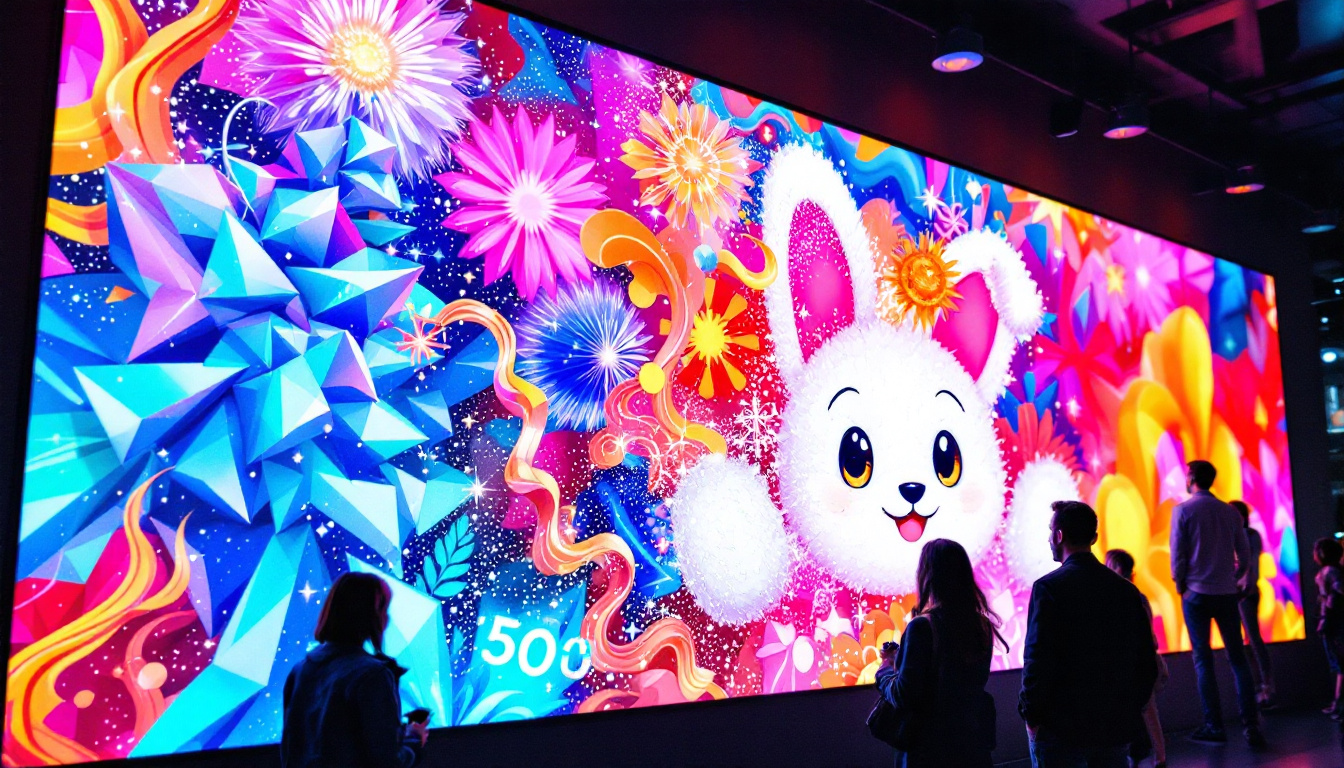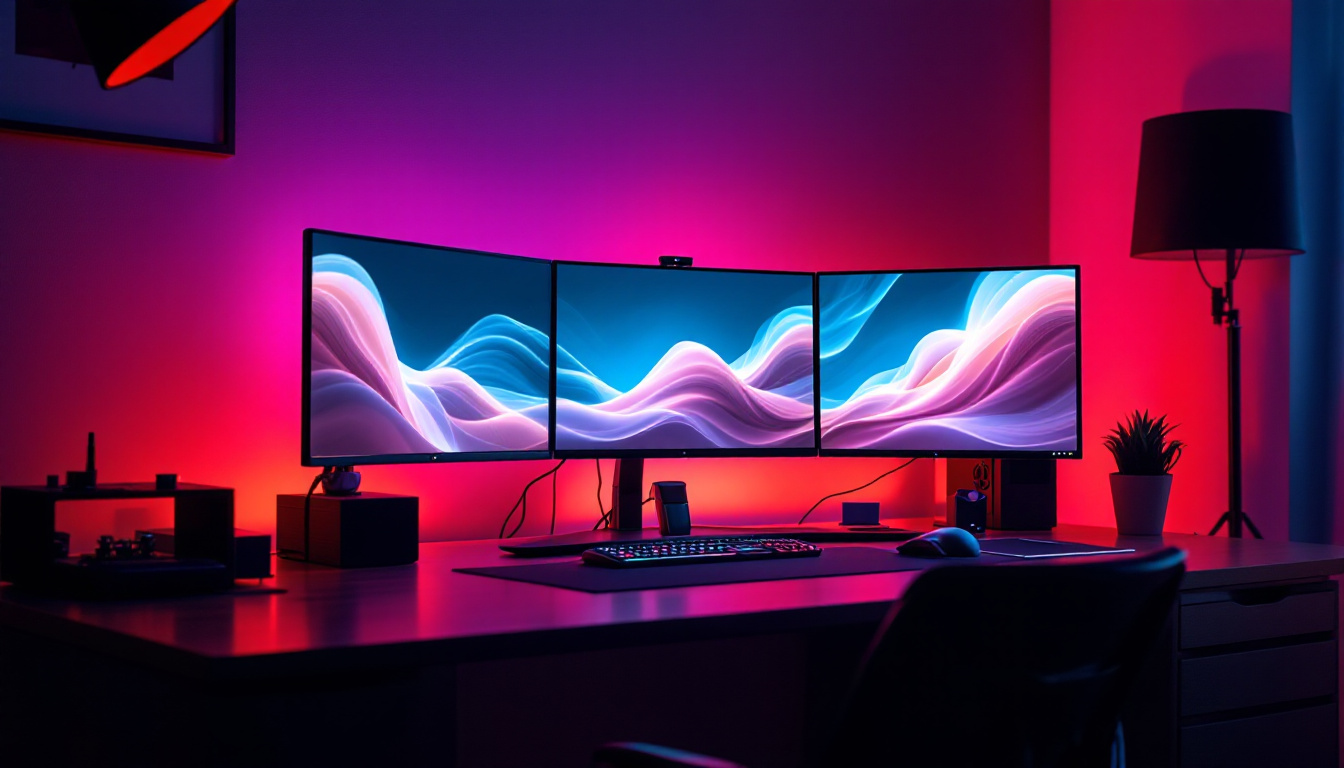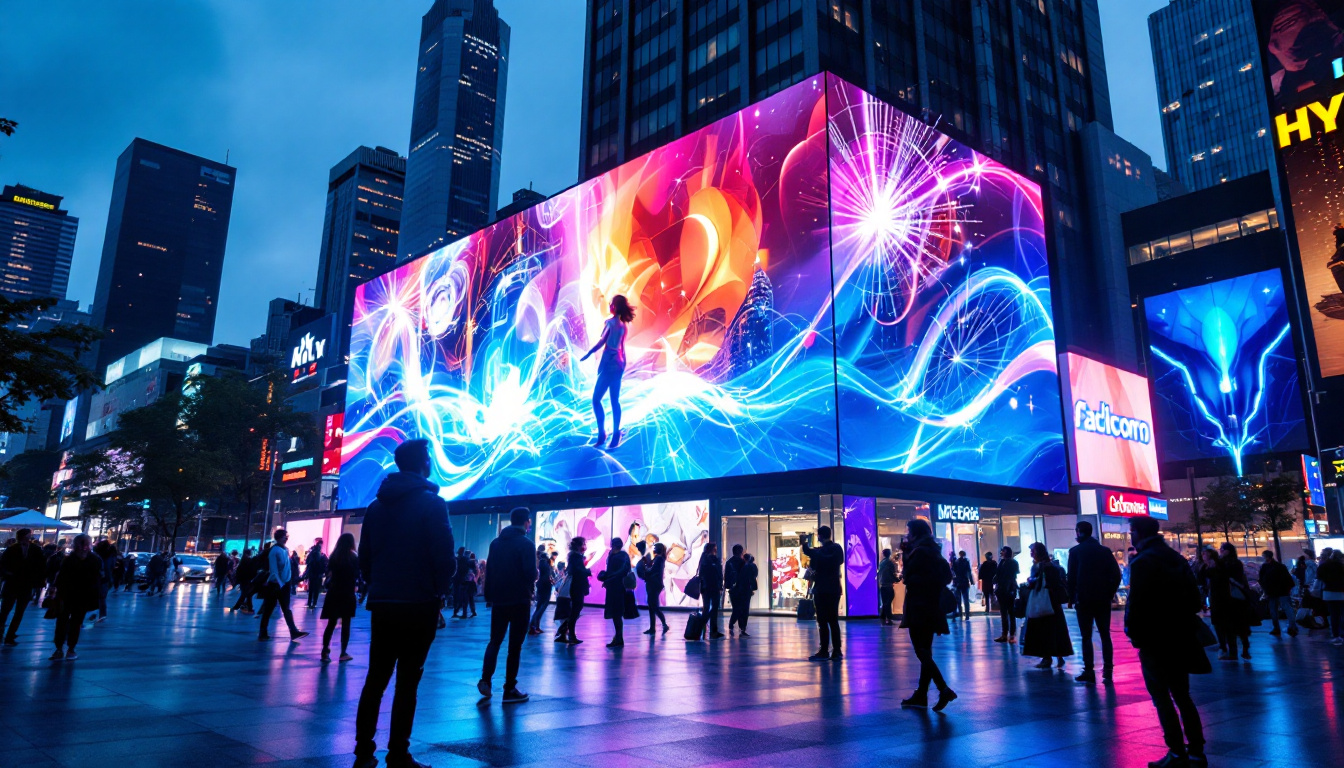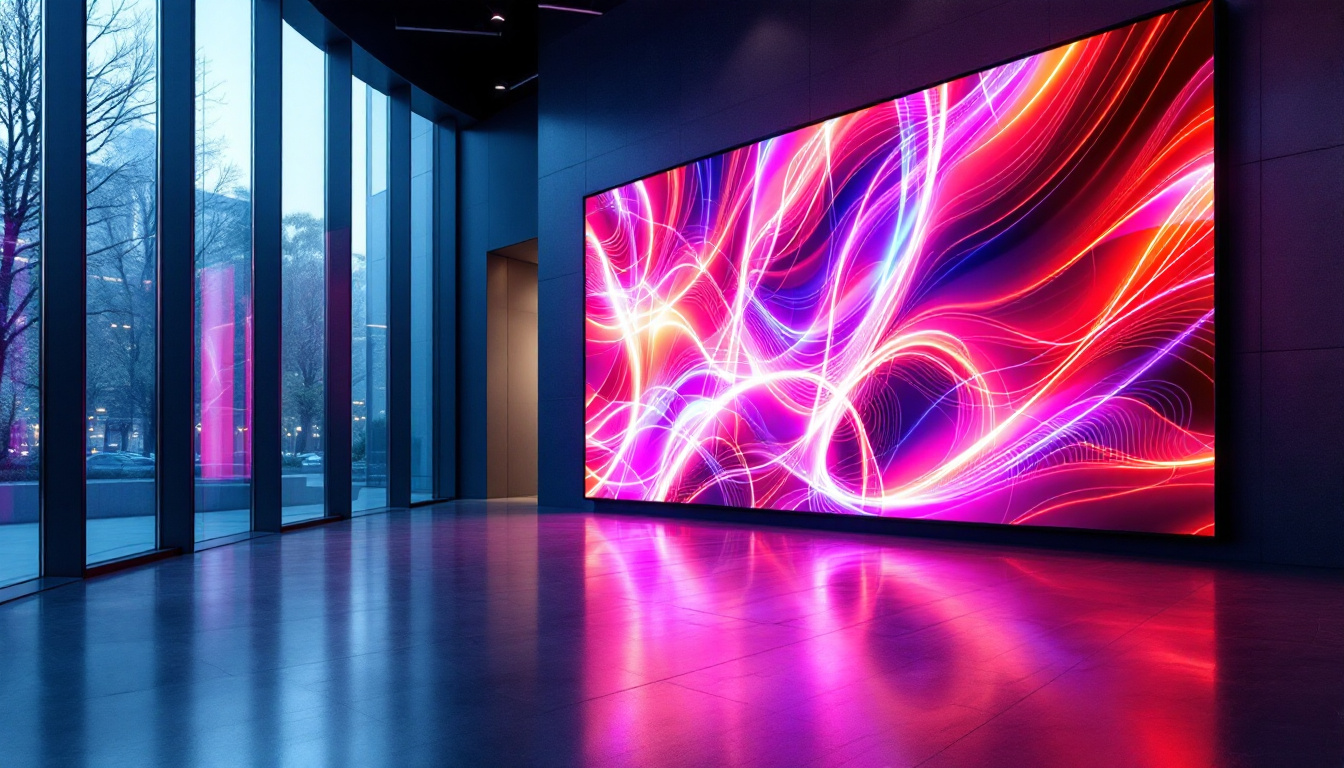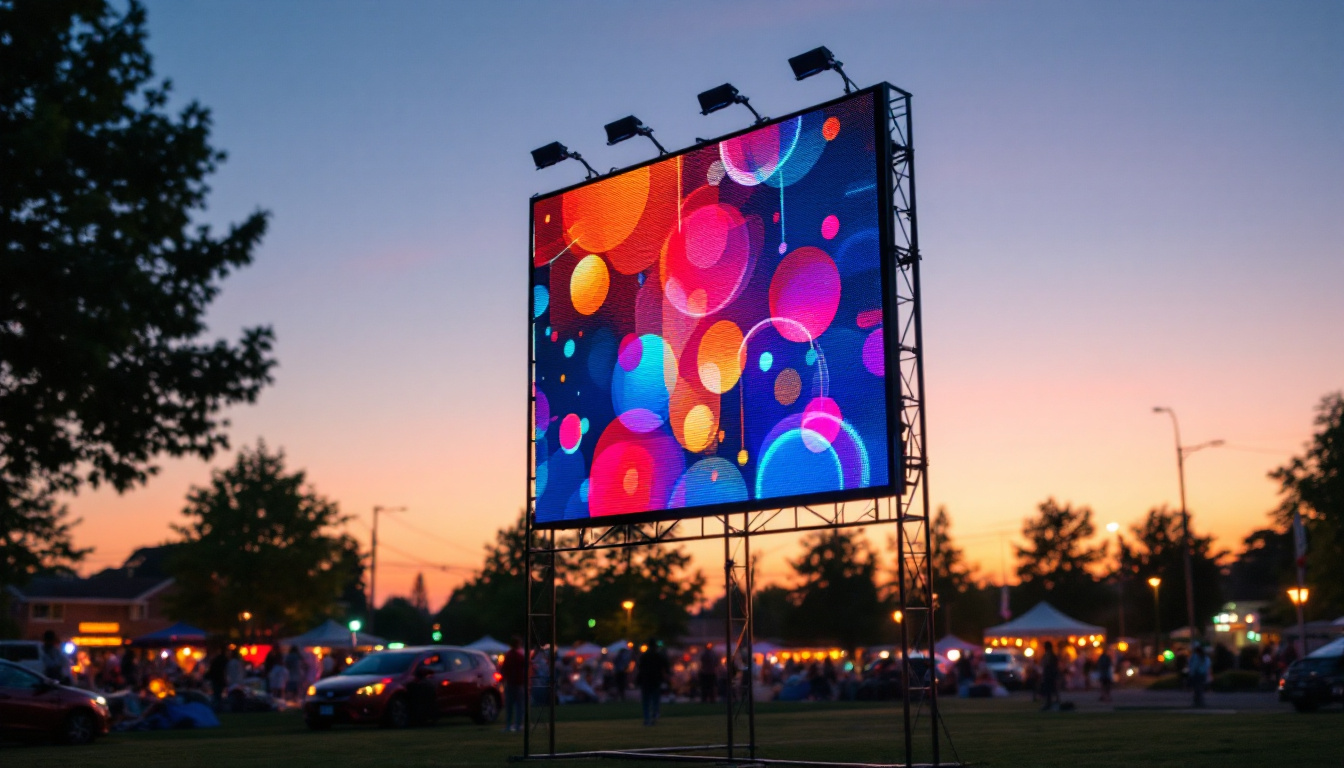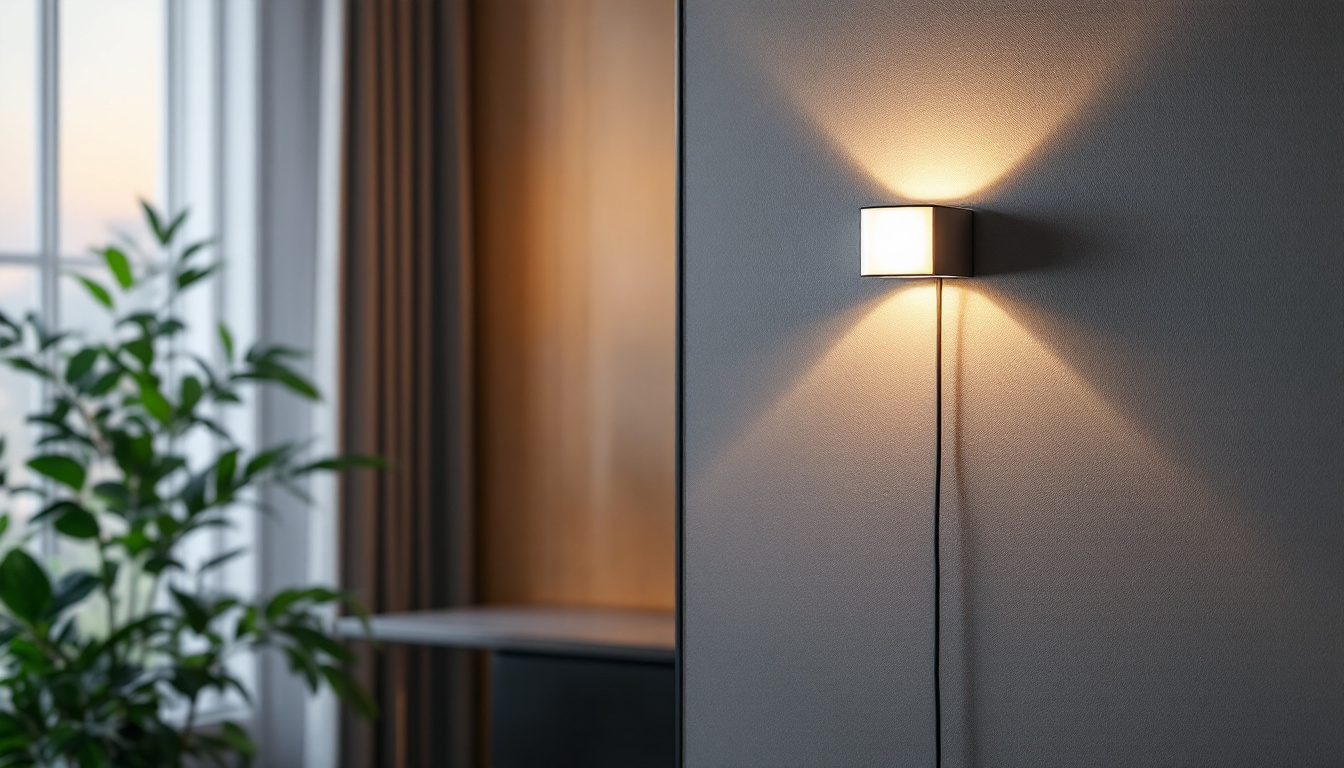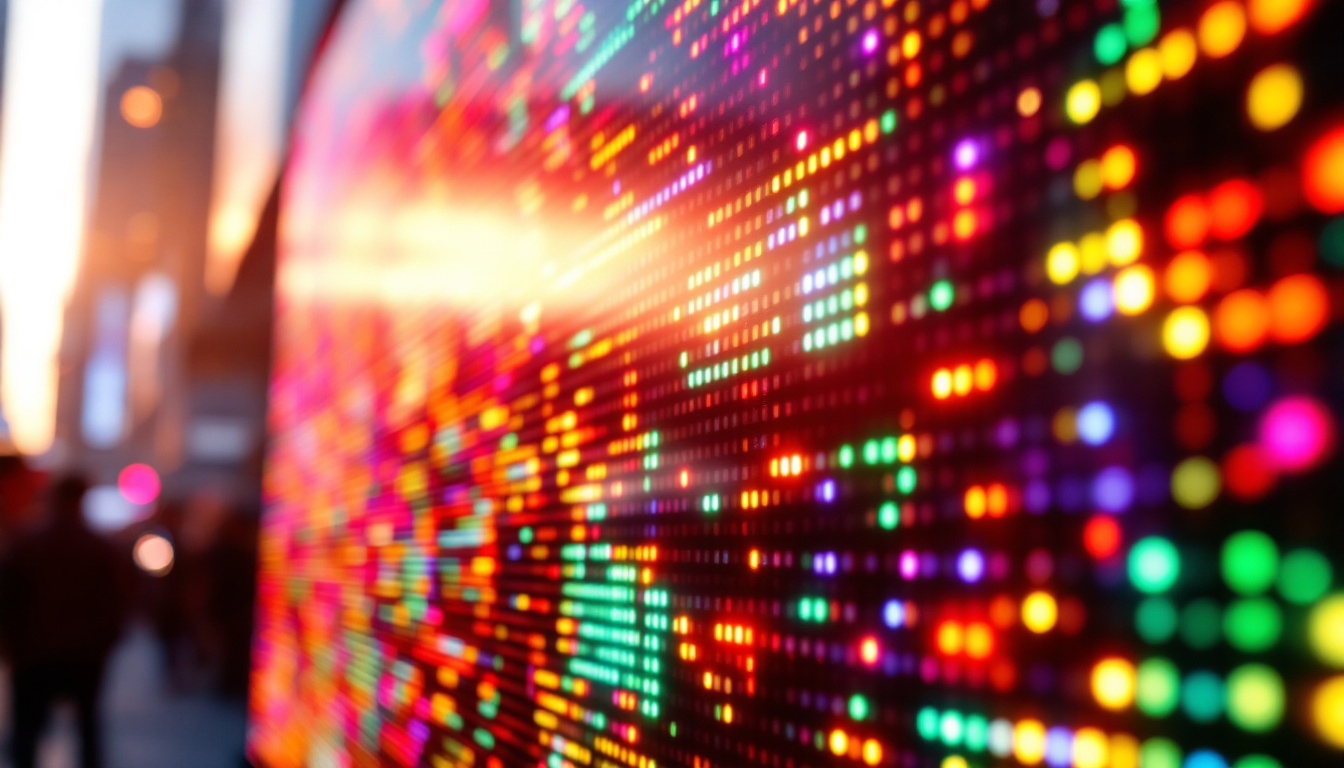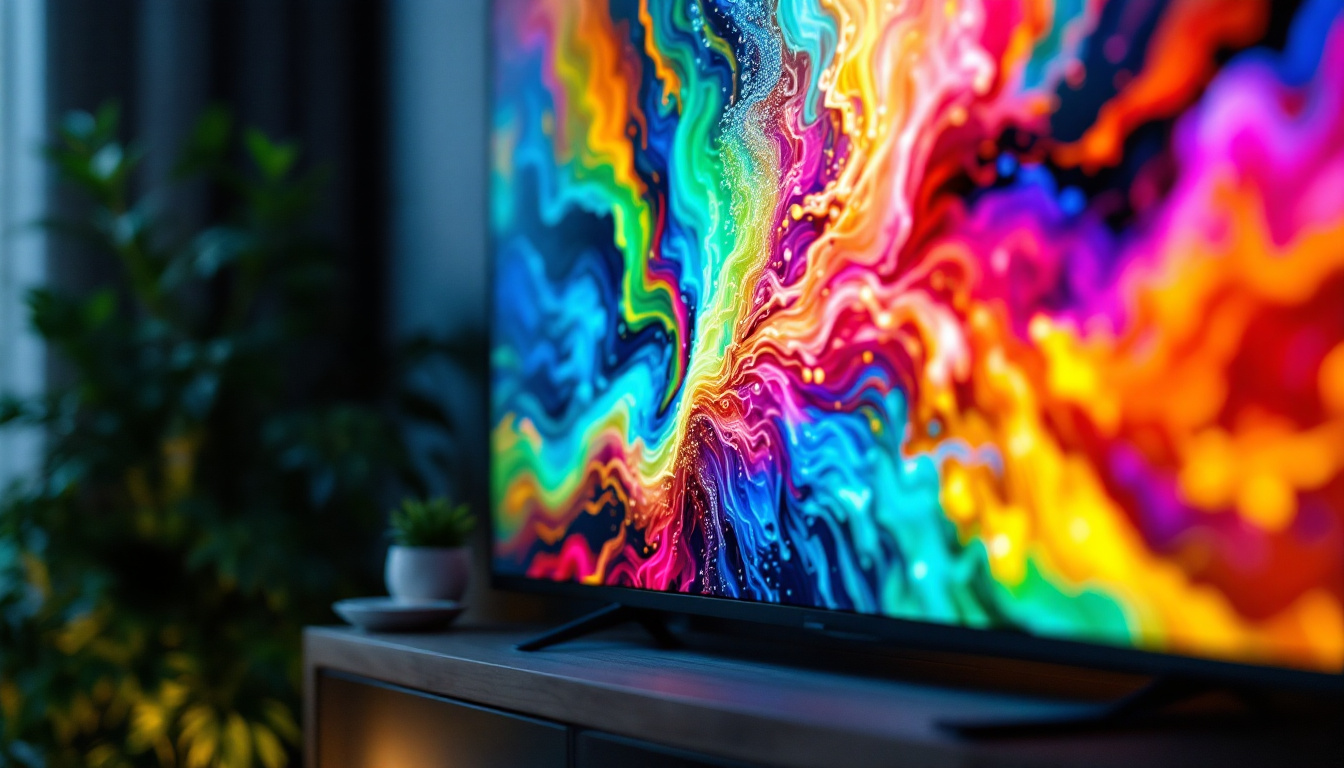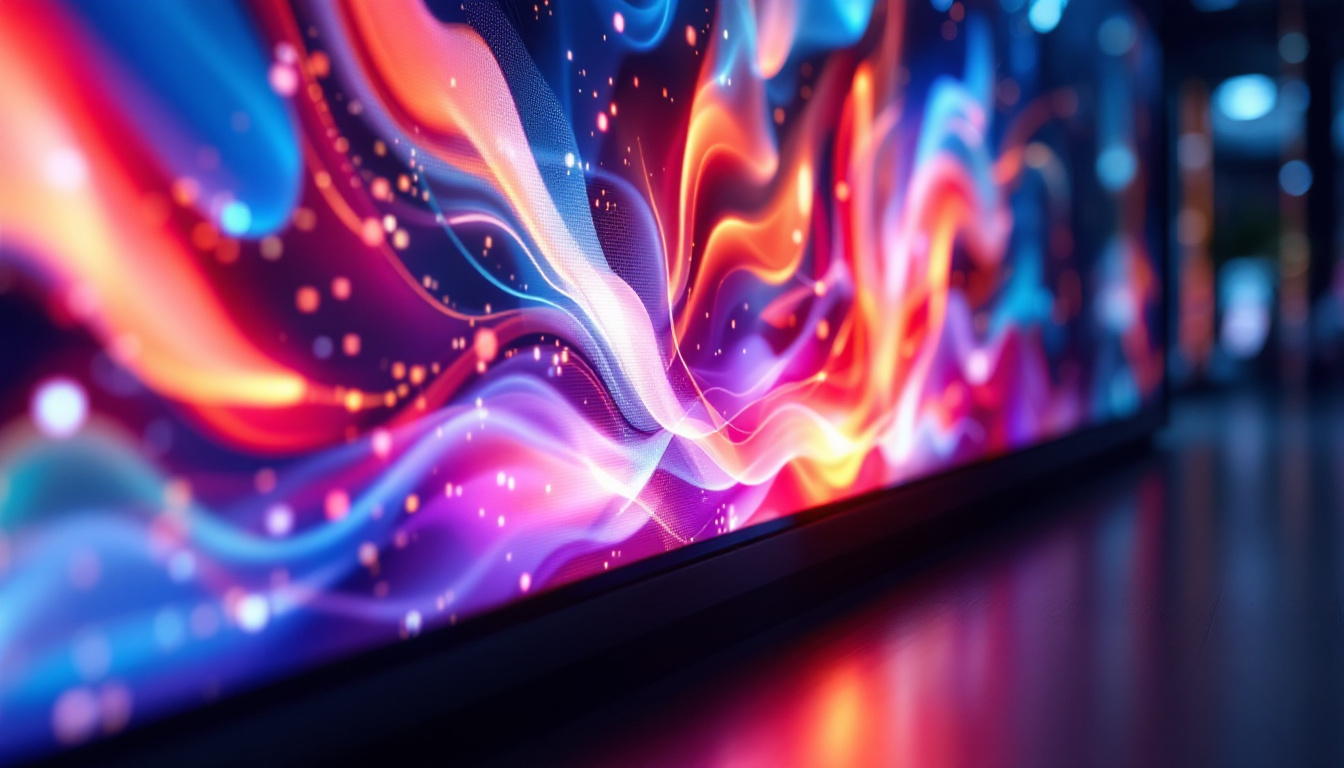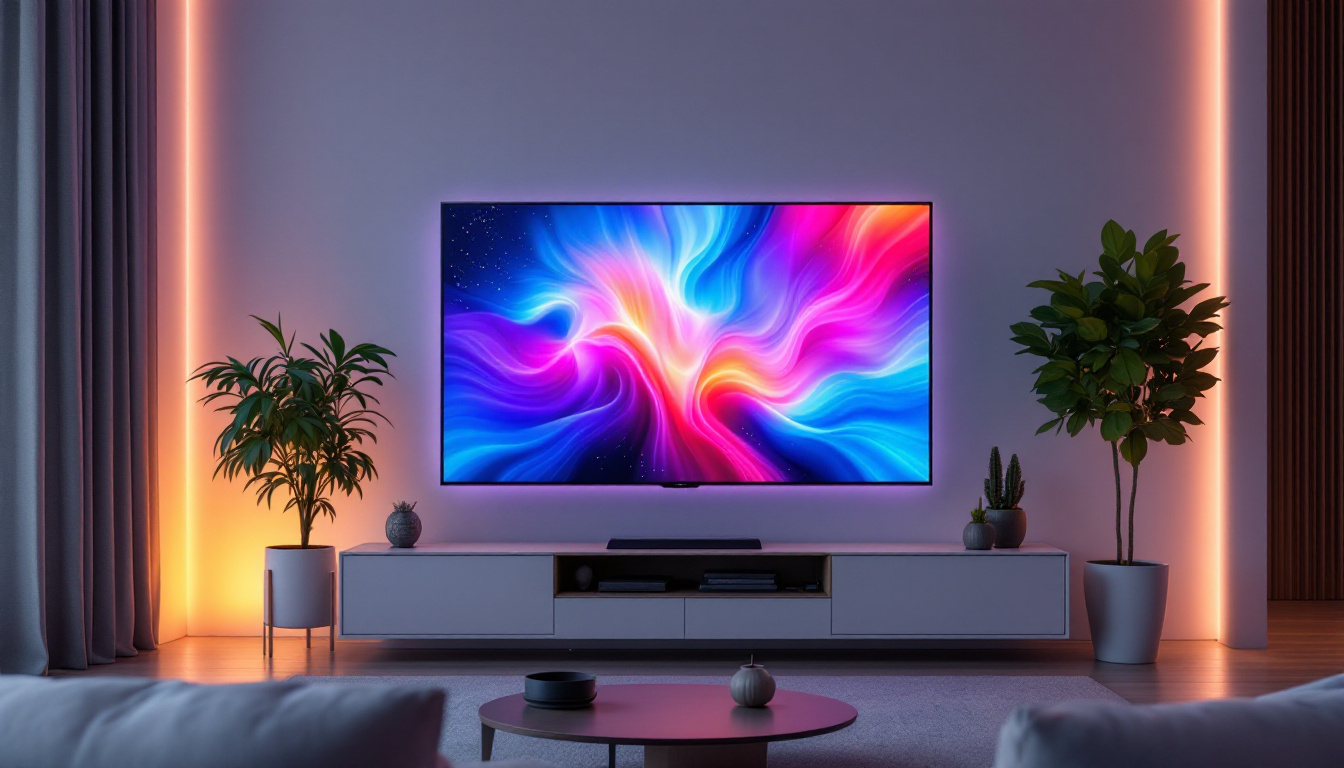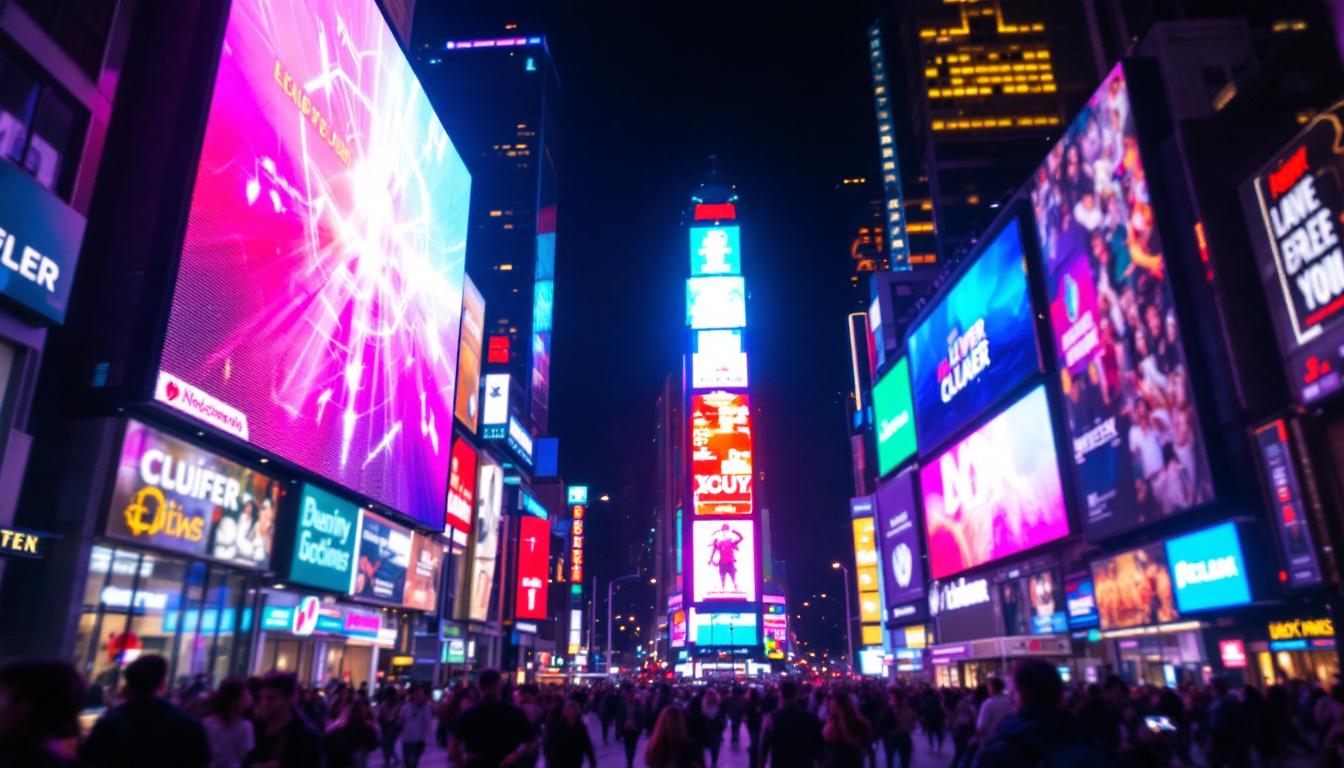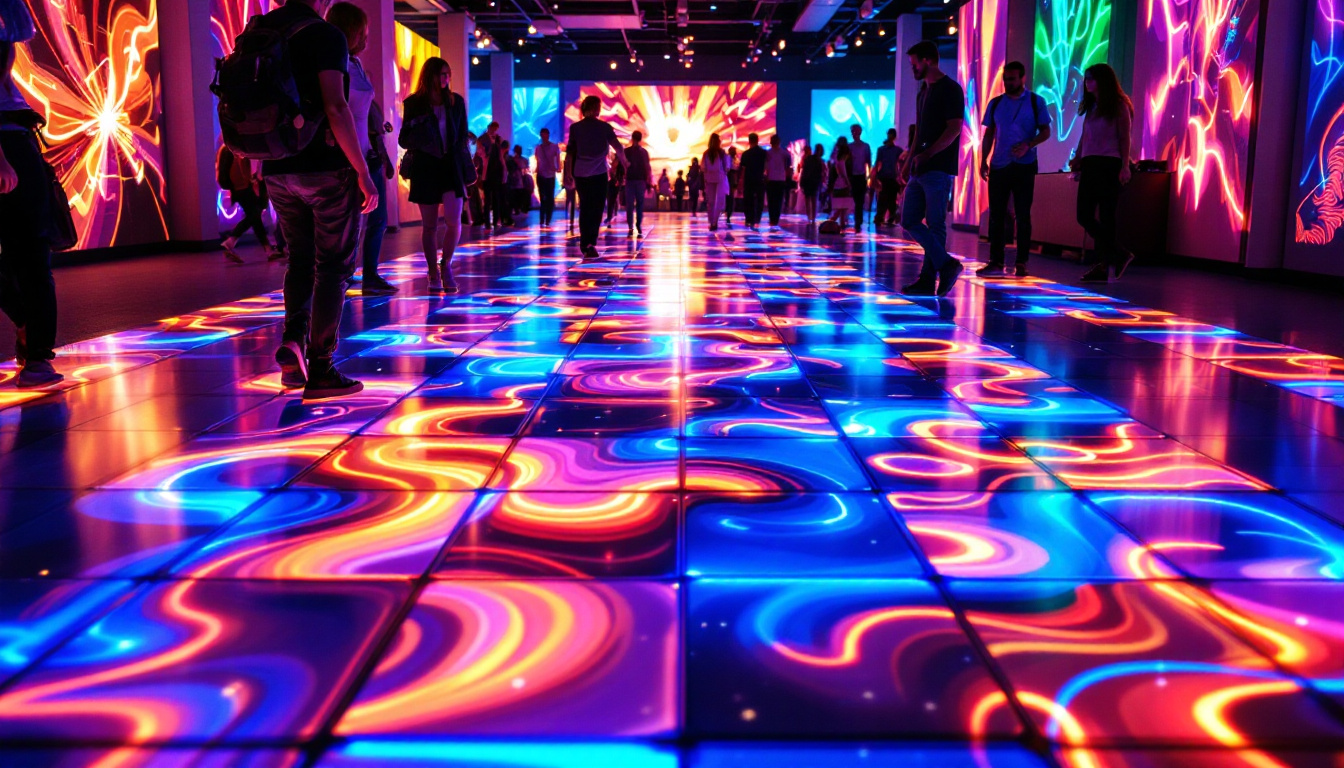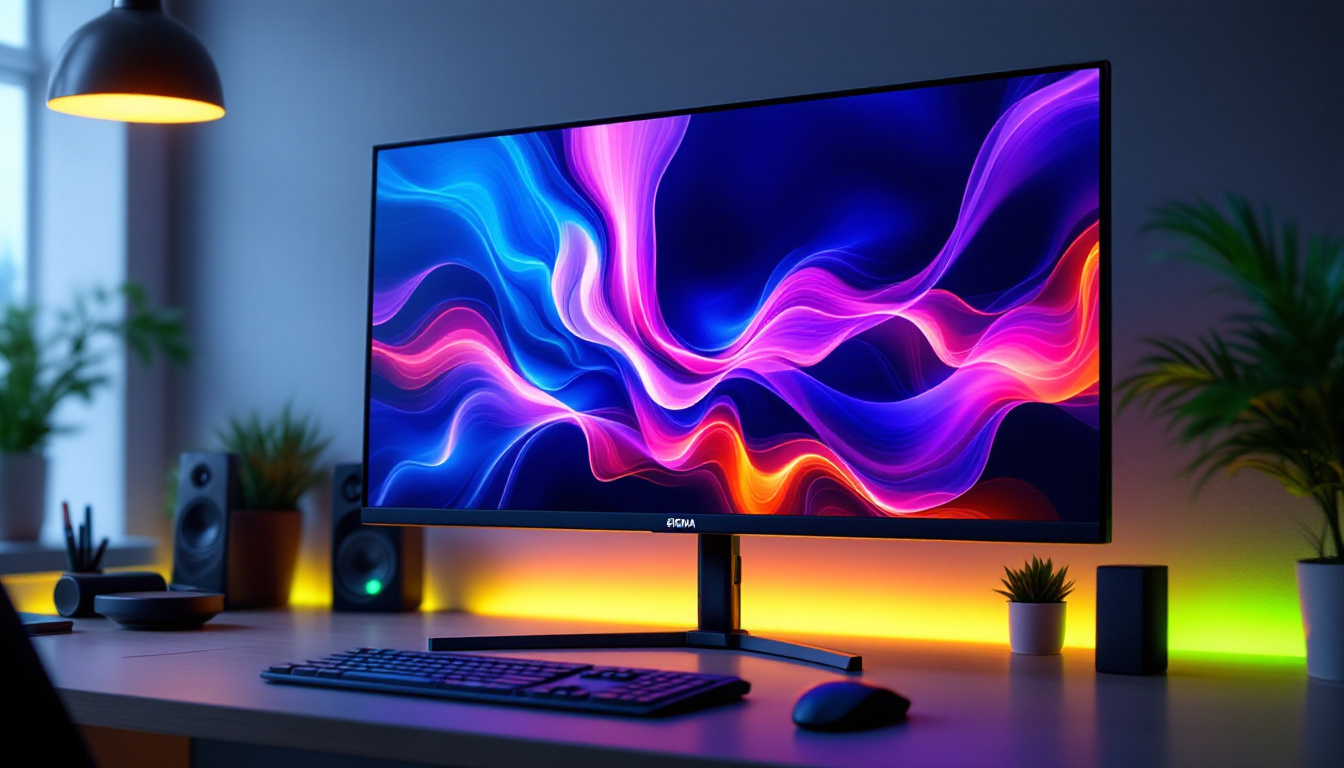In the realm of modern architecture and design, the integration of technology and aesthetics has become increasingly important. One innovative solution that has gained traction in recent years is the application of window films, particularly in conjunction with LED displays. This article delves into the intricacies of window film applications, their benefits, and how they enhance LED displays, creating a seamless blend of functionality and visual appeal.
Understanding Window Films
Window films are thin layers of material applied to the surface of glass windows. They serve multiple purposes, ranging from enhancing privacy to improving energy efficiency. These films can be made from various materials, including polyester and vinyl, and come in a wide array of colors and finishes. The versatility of window films makes them suitable for both residential and commercial applications. In addition to their functional benefits, window films can also play a significant role in interior design, allowing homeowners and businesses to create a cohesive look that complements their overall aesthetic.
Types of Window Films
There are several types of window films available, each designed to meet specific needs. Some of the most common types include:
- Solar Control Films: These films reduce heat and glare from sunlight, making indoor spaces more comfortable while lowering energy costs. They are particularly beneficial in regions with intense sunlight, as they can help maintain a consistent indoor temperature.
- Privacy Films: Ideal for offices and homes, these films obscure visibility from the outside while still allowing natural light to enter. This makes them perfect for bathrooms or conference rooms where discretion is desired.
- Decorative Films: These films enhance the aesthetic appeal of windows, offering various patterns and colors to suit different design themes. They can be used creatively to add a personal touch to any space, transforming plain glass into a beautiful focal point.
Each type of film offers unique benefits, making it essential to choose the right one based on specific requirements and desired outcomes. Additionally, advancements in technology have led to the development of specialized films, such as anti-fog and anti-graffiti films, which further expand the possibilities for window film applications.
Benefits of Window Films
The advantages of installing window films extend beyond mere aesthetics. Some key benefits include:
- Energy Efficiency: By reducing heat gain, window films can significantly lower cooling costs in warmer months, contributing to overall energy savings. This not only helps in reducing utility bills but also supports environmental sustainability by decreasing energy consumption.
- UV Protection: Many window films block up to 99% of harmful ultraviolet rays, protecting furnishings and flooring from fading. This is particularly important for homes with large windows or glass doors that allow in ample sunlight.
- Enhanced Safety: Certain films can hold shattered glass together, reducing the risk of injury in the event of breakage. This added layer of security is especially valuable in high-traffic areas or locations prone to severe weather conditions.
These benefits make window films an attractive option for a wide range of applications, particularly in environments where comfort and safety are priorities. Furthermore, the installation process is typically quick and non-invasive, allowing for minimal disruption to daily activities. As more people become aware of these advantages, the popularity of window films continues to grow, making them a staple in modern building design and renovation projects.
The Role of LED Displays
LED displays have revolutionized the way information is conveyed in both public and private spaces. From advertising to informational signage, these displays offer vibrant colors and high visibility, capturing the attention of passersby. However, the effectiveness of LED displays can be significantly enhanced through the strategic use of window films. These films not only improve the visual quality of the content displayed but also provide additional benefits that can transform the overall experience for viewers.
How LED Displays Work
LED displays operate by using light-emitting diodes to create images and text. These diodes emit light when an electric current passes through them, allowing for dynamic content that can be easily updated. The technology behind LED displays has advanced significantly, resulting in thinner, lighter, and more energy-efficient screens. This evolution has made LED displays a preferred choice for a variety of applications, from large-scale billboards to smaller indoor screens in retail environments.
One of the key advantages of LED displays is their ability to function effectively in various lighting conditions. However, when combined with window films, their performance can be optimized even further. The synergy between LED technology and window films not only enhances visibility but also contributes to energy savings, as the films can help regulate the amount of heat entering a space, reducing the need for air conditioning.
Enhancing LED Displays with Window Films
When window films are applied to the glass surrounding LED displays, several enhancements can be achieved:
- Improved Visibility: Window films can reduce glare from sunlight, ensuring that the content on LED displays remains clear and legible, even in bright conditions.
- Color Enhancement: Certain window films can enhance the colors emitted by LED displays, making them appear more vibrant and eye-catching.
- Protection from Environmental Factors: Window films can shield LED displays from UV rays and other environmental elements, prolonging their lifespan and maintaining their performance.
The combination of window films and LED displays not only improves functionality but also elevates the overall aesthetic appeal of a space. Furthermore, these films can be customized to fit specific branding needs, allowing businesses to create a cohesive look that resonates with their target audience. The use of decorative window films can also add a layer of creativity, transforming ordinary glass into a canvas that complements the vibrant visuals of LED displays.
In addition to aesthetic enhancements, window films can also contribute to energy efficiency. By reducing solar heat gain, they help maintain a comfortable indoor climate, which can lead to lower energy costs for heating and cooling. This is particularly beneficial in commercial settings where large LED displays are often used, as the combination of energy-efficient displays and window films can significantly reduce the overall environmental impact of the establishment. As sustainability becomes increasingly important in modern design, the integration of these technologies presents an opportunity for businesses to showcase their commitment to eco-friendly practices while enhancing their visual communication strategies.
Applications of Window Films with LED Displays
The integration of window films with LED displays can be seen in various applications across different industries. Here are some notable examples:
Retail Environments
In retail settings, the combination of window films and LED displays creates an engaging shopping experience. Window films can provide privacy for fitting rooms while allowing LED displays to showcase promotions and advertisements. The result is a visually appealing storefront that attracts customers and enhances their shopping journey.
Corporate Offices
Corporate offices often utilize LED displays for internal communication and branding. By applying window films, companies can ensure that these displays are visible without compromising employee privacy. Additionally, the energy-saving benefits of window films contribute to a more sustainable workplace.
Public Spaces
In public spaces such as airports and train stations, the integration of window films with LED displays can enhance wayfinding and informational signage. Window films can reduce glare, making it easier for travelers to read important information displayed on LED screens. This combination not only improves functionality but also contributes to a more pleasant environment for visitors.
Installation Considerations
When considering the installation of window films for LED displays, several factors should be taken into account to ensure optimal results.
Professional Installation
While DIY installation may seem tempting, professional installation is highly recommended for window films. Trained technicians have the expertise to ensure that films are applied correctly, avoiding bubbles and misalignment that can affect performance and appearance.
Film Selection
Choosing the right type of window film is crucial. Factors such as the intended use of the LED display, the level of privacy required, and the desired aesthetic should all influence the decision. Consulting with a professional can help in selecting the most suitable film for specific needs.
Maintenance and Care
Maintaining window films is essential for preserving their appearance and functionality. Regular cleaning with non-abrasive materials is recommended to avoid scratching the film. Additionally, periodic inspections can help identify any issues that may arise over time, ensuring that both the window film and LED display continue to perform optimally.
Future Trends in Window Films and LED Displays
As technology continues to evolve, the future of window films and LED displays looks promising. Innovations in materials and application techniques are expected to enhance the capabilities of both solutions.
Smart Window Films
One exciting trend is the development of smart window films that can change their properties based on environmental conditions. These films can adjust their tint or opacity in response to sunlight, providing dynamic control over light and heat. When integrated with LED displays, smart window films could revolutionize how information is presented in varying lighting conditions.
Augmented Reality Integration
Another emerging trend is the integration of augmented reality (AR) with LED displays and window films. This technology could allow for interactive experiences, where users can engage with digital content overlaid on the physical environment. As AR technology matures, the possibilities for window films and LED displays will expand, offering new avenues for creativity and engagement.
Sustainability Initiatives
With increasing awareness of environmental issues, sustainability is becoming a key focus in both window film and LED display technologies. Future developments may include eco-friendly materials for window films and energy-efficient LED displays, contributing to a more sustainable built environment.
Conclusion
The integration of window films with LED displays represents a significant advancement in architectural design and functionality. By enhancing visibility, improving energy efficiency, and providing aesthetic appeal, this combination offers a multitude of benefits across various applications. As technology continues to evolve, the future of window films and LED displays promises even greater innovations, paving the way for smarter, more sustainable solutions in the built environment.
Investing in window film applications for LED displays is not just about enhancing visual appeal; it’s about creating spaces that are functional, efficient, and engaging. As the demand for such solutions grows, understanding the importance of quality installation and maintenance will be crucial for maximizing the benefits of this innovative technology.
Discover LumenMatrix LED Display Solutions
Ready to elevate your space with the cutting-edge combination of window films and LED displays? LumenMatrix is at the forefront of this innovative technology, offering a wide range of LED display solutions that bring your brand to life. From captivating Indoor and Outdoor LED Wall Displays to dynamic Vehicle and Sports LED Displays, our products are designed to create immersive visual experiences. Embrace the future of architectural design and functionality with LumenMatrix’s LED Transparent Displays and more. Check out LumenMatrix LED Display Solutions today and transform your environment into a vibrant hub of engagement and efficiency.

